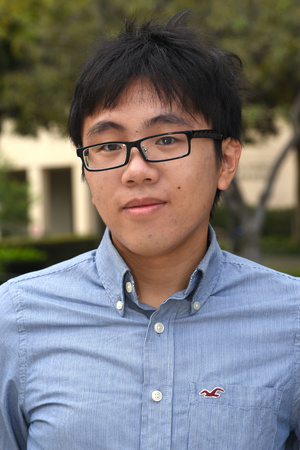Abstract: The central theme of this work is relating operating principles between traditional electronic photovoltaics (electron/holes) and protonic photovoltaics (OH-/H+) including charge carrier generation and conduction with the goal of developing design strategies for efficient light-to-ionic power conversion. This is achieved by investigating ground-state proton transfer processes in the Förster cycle using electrochemical and spectroscopic techniques and leveraging this knowledge to understand photo-initiated ion transport in ion-exchange membranes.
Transient absorption spectroscopy studies of aqueous photoacids provided insight into the protonic species generated during the Förster cycle and the inefficiencies of current state-of-the-art photoacids for generating large photoresponses in photoacid-modified ion-exchange membranes. A dearth of ultrafast spectroscopy data exist that revealed mechanistic details for excited-state proton transfer, but there was limited information regarding the mechanisms for the subsequent ground-state proton transfer. Proton acceptance in the excited-state and proton donation in the ground-state from H2O(l) in the Förster cycle results in the transient generation of H+ and OH-, analogous to photogeneration of electrons and holes in electronic photovoltaics. An obstacle for realizing this ideal mechanism are kinetics. These were analyzed via a systematic study using various photoacids by varying the concentration of deprotonated photoacids and protons, photoacid ground-state acidity, solution acidity, and total photoacid concentration.
These dyes were covalently bonded to ion-exchange membranes to assess the impact that their photochemical mechanisms had on their ability to exhibit photovoltaic action. Existing methodology as four-probe electrochemical measurements were revamped to produce reproducible signals and temporally stable baselines. The key factor was eliminating the introduction of external electrolyte from reference electrodes filled with saturated internal electrolyte by replacing those electrodes with reference electrodes immersed directly into the electrolyte in contact with the photoacid-modified ion-exchange membranes. This introduced experimental constraints that required physical modification of the experimental apparatus as well as deconvolution of the Nernst electrode potential from the membrane potential. Implementation of this new setup resulted in the observation of a “reverse” photovoltage, meaning that it was opposite in sign to photovoltages measured in traditional electronic photovoltaics and that observed in our group in all prior studies of these systems. A series of control experiments was performed, and a mechanism coined “electrolyte crossover induced bulk membrane polarization” was hypothesized to explain this reverse photovoltage.
Speaker:
Institution:
Location:

